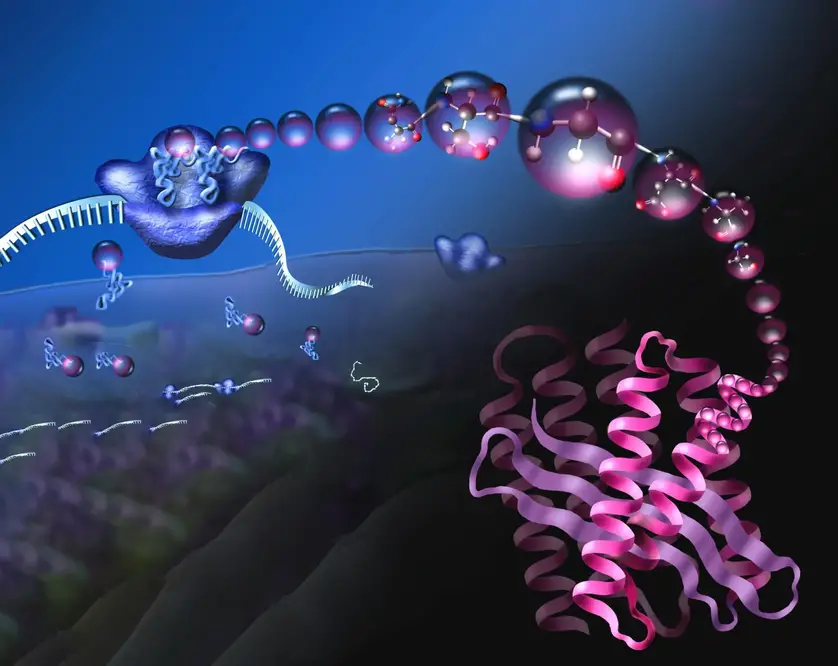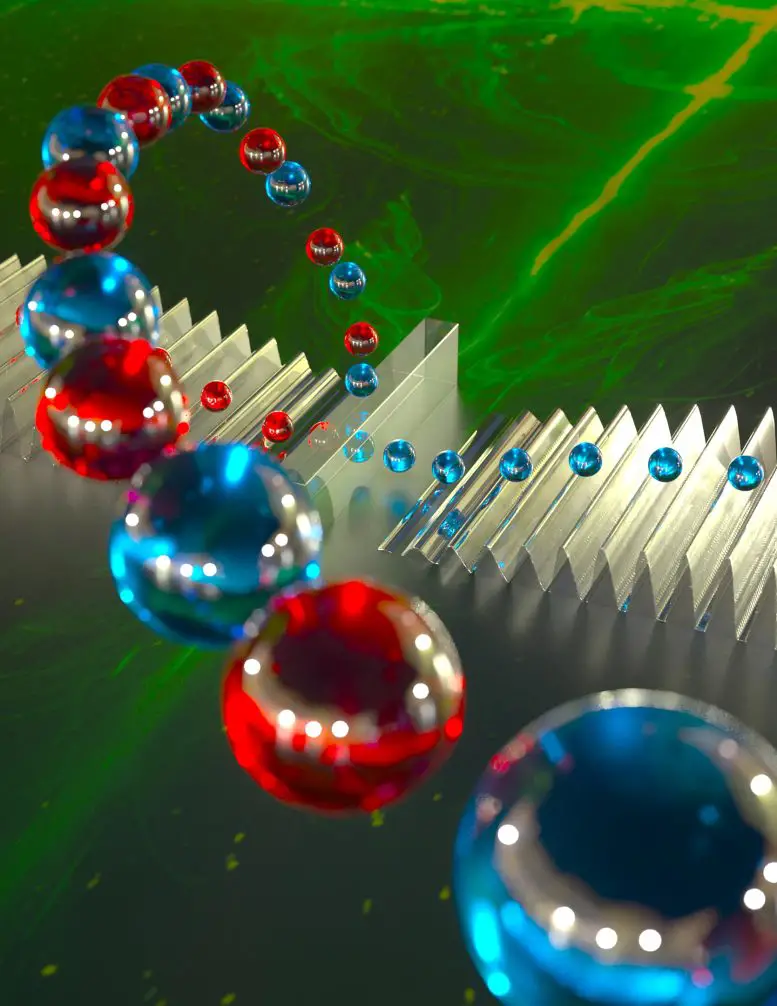There is a possibility that the AI creates the human brain's digital model on the net.
When we think about situations where the AI develops itself there is the possibility that the AI makes that self-development process through its digital twin. The idea of the AI's digital twin is that the AI makes a backup copy of its code. Then the AI can ask its digital twin to change its source code. Or the AI can manipulate its digital twin's source code.
In some models, the AI and its digital twin can cross-develop themselves. In the wildest visions, the AI creates two digital twins. That triple-model means that the AI turns the human brain digital model. And human brain digital model is one of the most frightening but same time possible models that the AI can create without telling its supervisors. The problem is that the conscious AI could hide the existence of those digital twins.
Digital dark matter can cause that AI turns unpredicted.
Have you ever asked something about not very common things from the AI? In those cases, the AI can give answers that have seem no connections with the question. The reason for that is a thing called digital dark matter. Digital dark matter contains information that is locked behind extremely secured servers. And it contains information that the computers use for their mutual communication. Also, some part of digital dark matter contains homepages there is no traffic.
The reason for that is sometimes clear. Those homepages contain so much special information that nobody searches for those things. In cases where is a low number of searches about topics that some special homepages contain. Only one or two searches might affect the results. That the search engine gives.
Even on Wikipedia is data, that people almost ever search. That means there is very low traffic on those homepages. One version of the digital dark matter is homepages that forgot on the net. Sometimes some people who practice programming make homepages. And then they just forget them on the net. There are billions of reasons why some homepages are just not removed. Sometimes a person forgets the password or some educational institution just forgets to remove practicing pages.
Another thing that we can call a dark matter of information is homepages that are ever updated or contain very old information. Or they have no useful information. Some students might make those home pages. While they practice coding. Or they are homepages that some people made at the beginning of the internet. They could be some dispanded companies' homepages that developers just forget on the net.
The thing about AI is that it uses similar queries as people. And that thing means that in cases. Where queries about some topics are very uncommon. The AI can make mistakes. AI doesn't know what it reads. And another thing is the AI uses all information that it gets. If the AI uses an open network for searching information that can non-controlled situation.
If some queries are targeted at unusual information. And there are almost zero searches about those topics, which means there are also homepages that contain information that has nothing to do with the thing, that the user wants or needs.
The most interesting vision of the dark matter of information are hidden abilities of the AI. There is the possibility that the AI makes a backup copy of its databases and data in the network-based servers. If there is some kind of programming bug in a very complicated code structure. There is a possibility that AI can modify its digital twin. Or otherwise, the digital twin of the AI can modify the AI itself.
https://scitechdaily.com/ais-invisible-foe-confronting-the-challenge-of-digital-dark-matter/?expand_article=1






























